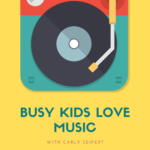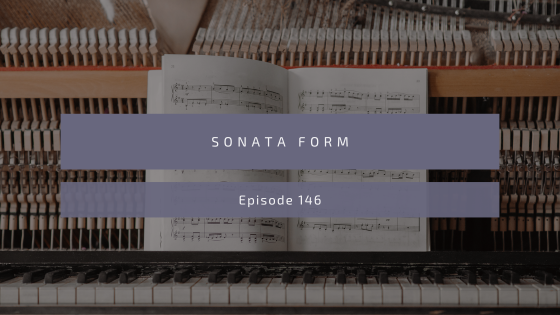
Hi friends! Have you ever wondered what makes a sonata different from other pieces of music? In today’s episode, we’re diving into the world of sonatas—one of the most important forms in classical music!
You’ll learn:
✅ What the word “sonata” means and where it comes from
✅ How composers like Mozart, Beethoven, and Haydn used a special structure called sonata form
✅ How to listen for the exposition, development, and recapitulation in famous sonatas
🎧 We’ll explore examples from Mozart’s “Easy Sonata,” Beethoven’s “Moonlight Sonata,” and more! Listen closely and follow along as we break down the form of these timeless masterpieces.
🎵 Download the Free “Sonata Roadmap” Worksheet!
I’ve created a fun printable worksheet to help you map out sonata form while you listen. Grab your free download by clicking here.
🎼 Listen Along with Our Sonata Playlist!
Want to explore more beautiful sonatas? I’ve put together a special Sonata Playlist so you can hear this form in action. Click here to listen to the playlist.
💡 Challenge: As you listen to a sonata, try to identify when the exposition ends, when the development begins, and when the recapitulation brings everything back together. It’s like following a musical treasure map! 🗺️🎶
Thanks for tuning in to Busy Kids Love Music! Be sure to subscribe so you don’t miss our next episode. Until next time, keep listening and keep learning!

